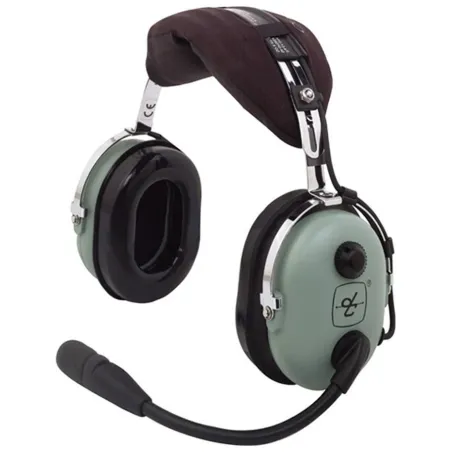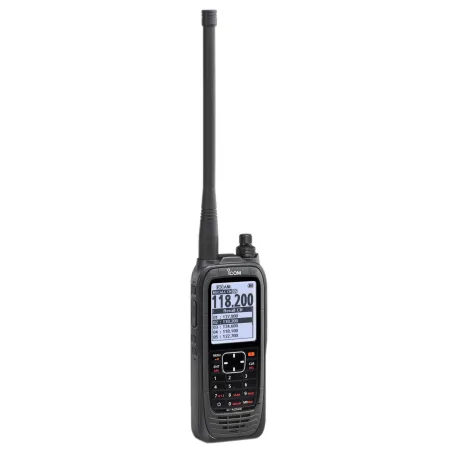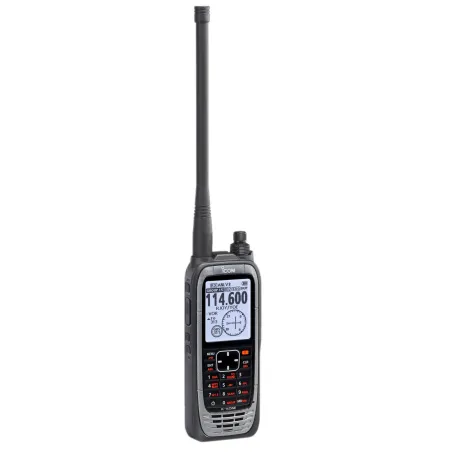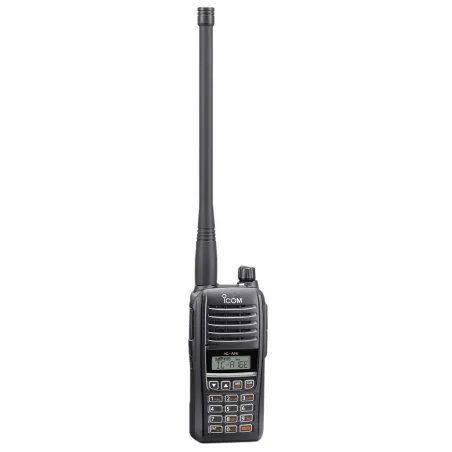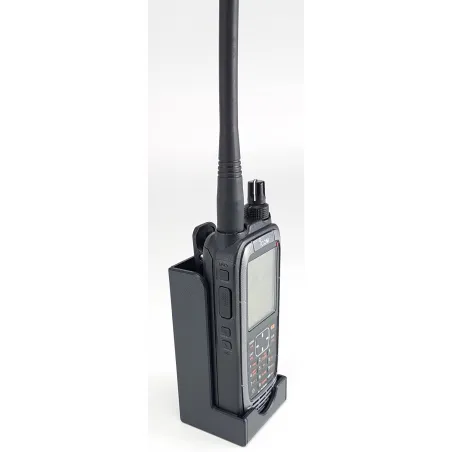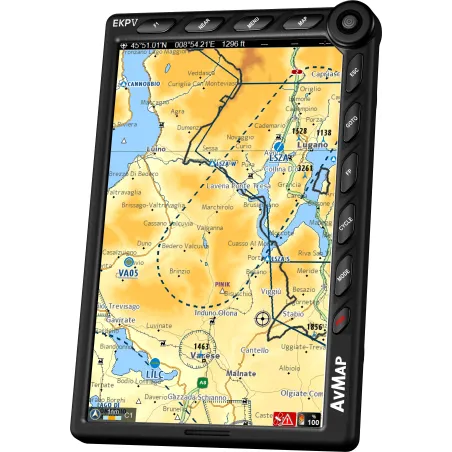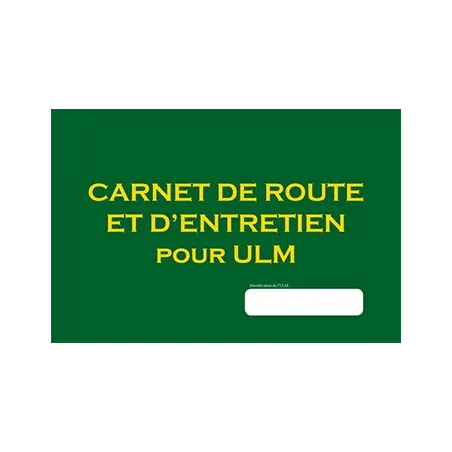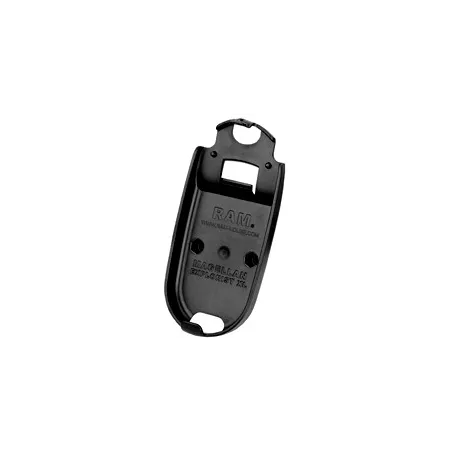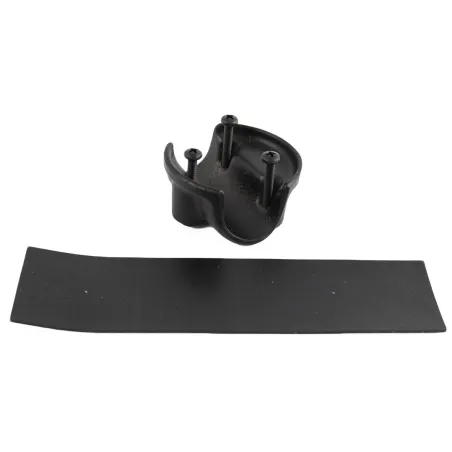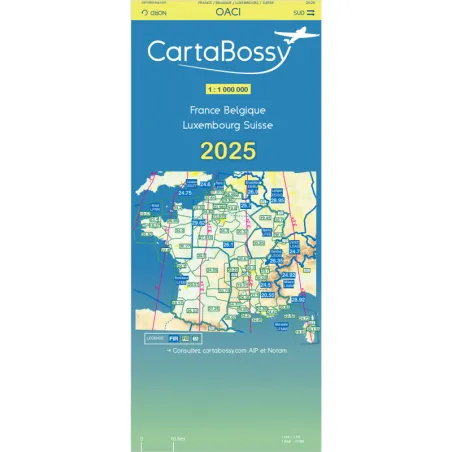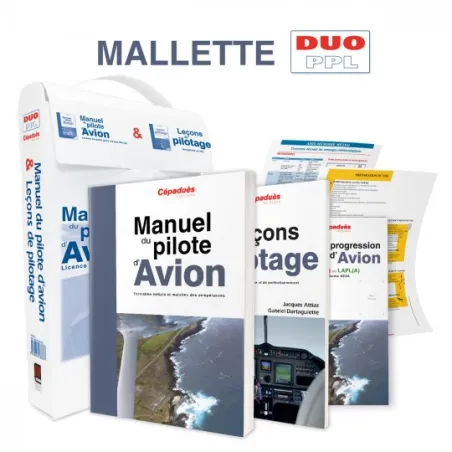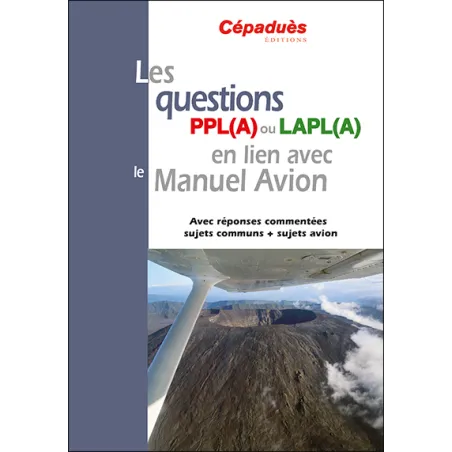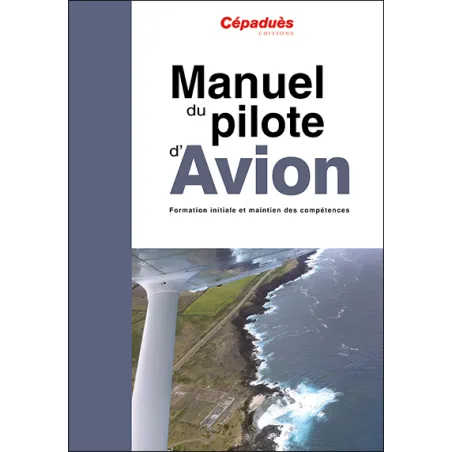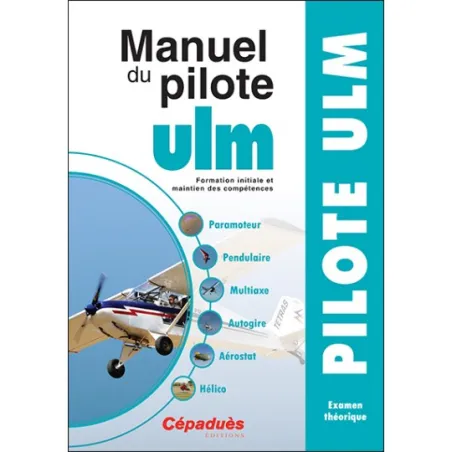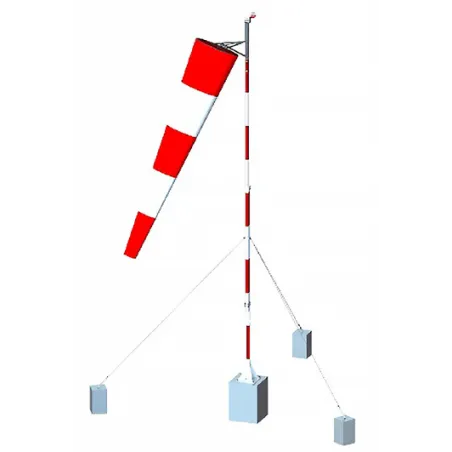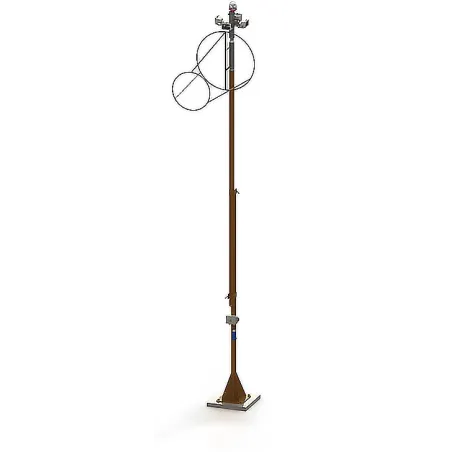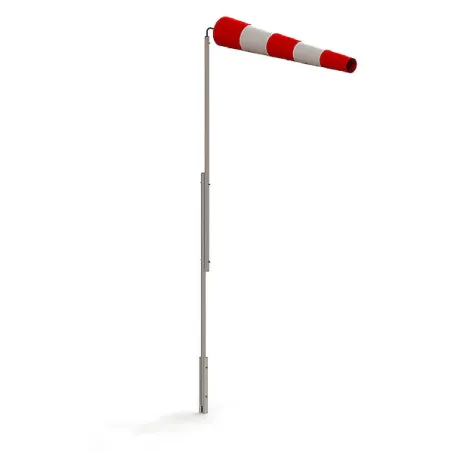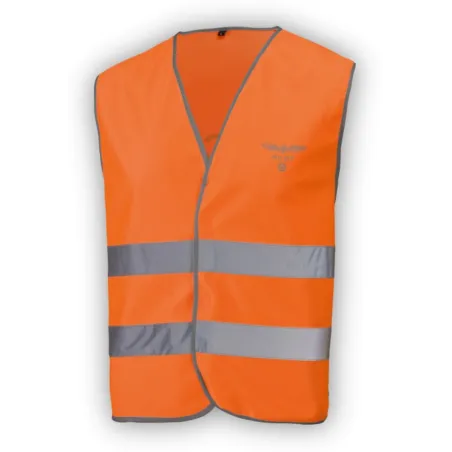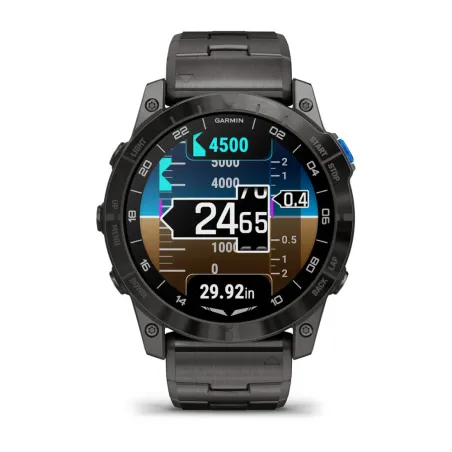The challenges of aeronautical navigation during summer
Categories :
BAYO
What could be more tempting than beautiful summer weather to multiply your flights, bring along loved ones, admire the landscapes from above, and travel with complete freedom? A beautiful blue sky can give the impression of great comfort and optimal safety compared to the autumn fog, winter storms, or spring showers… And yet, the specific weather conditions of summer are not without risks for aviation. They actually present an even greater challenge for pilots, as disruptions can be sudden, very localized, or nearly invisible.
Let’s take a quick look at the main pitfalls that await pilots and how to avoid or mitigate the risks. Keep your seat belts fastened, it might get bumpy!
When Hot Air Takes the Elevator
Air turbulence is something pilots encounter all year round. They can have different causes. Summer turbulence often originates from convective phenomena, rising currents of hot air, and atmospheric pressure variations.
Heat is responsible for what are called convective phenomena. You know from school: hot air rises. In summer, when the Earth's surface is exposed to sunlight, it heats the air, which then rises vertically; it is replaced at ground level by cooler air, which heats up and rises again, and so on.
This vertical lift can cause different disturbances, ranging from moderate to much more severe. It’s better to be prepared for it.
Thermals
Rising currents of hot air, called thermals, are common in summer, but they can cause abrupt ascents and descents of the aircraft.
Pilots need to be trained to recognize the signs of thermals. If you don't feel fully equipped, don’t hesitate to undergo continuous training to learn how to effectively manage these types of disturbances and minimize their impact on the flight.
During the flight, to spot these phenomena, it will be important to be equipped with a good navigation tool that provides precise data and integrated weather information: for example, the Garmin Aera 660 Portable GPS.
Use real-time weather reports to monitor thermal conditions and adjust your flight plan accordingly.
Storms and Turbulence
When combined with sufficient humidity, the rising column of hot air will form convective clouds, often invisible on weather radar. But if they develop, they quickly transform into dramatic cumulonimbus clouds and can cause more or less violent storms.
These convective phenomena are accompanied by turbulence, sometimes very strong, at the heart of the storm, but not only there. The pilot must not be surprised that these turbulences can also occur outside the cloud, whether at the periphery of the disturbance or even above the cloud.
Since the weather can be very unstable in these hot conditions, it is essential to regularly check weather reports and maps to determine the location and altitude of these storm clouds, monitor weather radars, and adjust your flight path. To view real-time weather information, including turbulence detection, tools like the Stratus 3 ADS-B Receiver will be extremely useful.
The pilot should prioritize the solution of flying around the storm laterally. A safety margin of at least 20 NM around identified storms is recommended. Of course, enough fuel should be planned to allow for diversion, even if the sky seems clear at takeoff. A good communication setup will be valuable, including a high-performance noise-canceling headset like the Bose A30, to secure your communications in all circumstances, even when heavily disturbed.
Finally, anticipating risks and adjusting your flight plan means being equipped to receive the most precise data. An advanced flight planning mobile app with weather updates, such as ForeFlight, will be particularly valuable in this situation.
Cacophony Between Two Airs
Clear air turbulence (often referred to by its English acronym CAT) is caused by differences in the speed of air masses at high altitude. As the name suggests, it occurs in the absence of clouds.
The pilot will typically encounter it at altitudes between 7,000 and 12,000 meters, when flying above the boundary between the two air masses. Thus, this type of disturbance mainly concerns commercial airliners.
Pilots can use significant weather charts and pilot reports (PIREPs) to identify these areas and adjust their altitude accordingly. While these disturbances are perfectly manageable, passengers on these flights should expect to experience them even when the weather is clear.
Heatwave
Summer brings specific challenges such as thermals, storms, and strong winds that accompany them. But apart from these dramatic phenomena, the pilot may also face more discreet seasonal issues.
It’s important to keep in mind that intense heat can affect the performance of the aircraft just as much as the comfort of the passengers.
For example, very high temperatures reduce air density: this can affect the performance of the aircraft, especially during takeoff and landing. You would do well to plan your flights to avoid periods of intense heat, and if that’s not possible, adjust performance calculations accordingly. Don’t forget that in aviation, even a minimal risk can have serious consequences, so it’s best to anticipate it.
As for the passengers, these various reminders should help them understand that turbulence and other disturbances, however spectacular, are well-known phenomena in aviation. Whether on a commercial flight for your holiday departure or on a small aircraft to explore a region, your pilot is well-trained and knowledgeable.
Share this content
Please log in to rate this article






